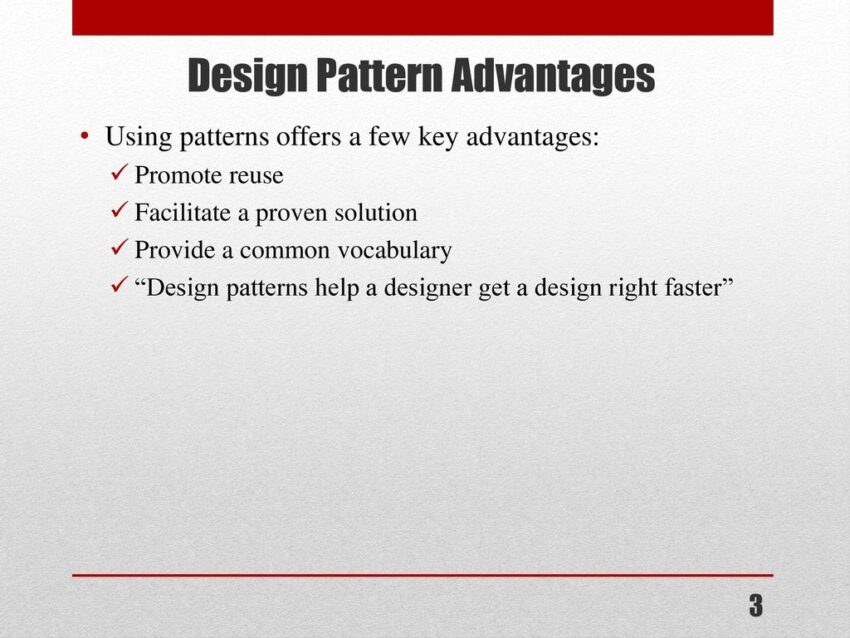Introduction
Design patterns form the backbone of robust software development, enhancing scalability, maintainability, and flexibility. They provide a structured approach to solving common design problems, offering a plethora of benefits to software engineers and developers. In this article, we’ll delve into the essential aspects of design patterns, and the benefits of design patterns, exploring their significance, types, and the manifold advantages they bring to software development at ON Wave Group.
What are Design Patterns?
Design patterns are proven solutions to recurring design problems encountered during software development. These patterns encapsulate best practices, offering reusable templates to address specific issues in a systematic and efficient manner. They categorize solutions based on their context and functionality, empowering developers to implement robust and scalable software architectures.
Types of Design Patterns
Creational Patterns
Creational patterns focus on object creation mechanisms, aiding in the creation of objects in a manner suitable for the situation. Examples include Singleton, Factory Method, Abstract Factory, etc.
Structural Patterns
Structural patterns deal with class and object composition, ensuring flexible and efficient ways of creating larger structures. Examples include Adapter, Decorator, Proxy, etc.
Behavioral Patterns
Behavioral patterns concentrate on communication between objects, defining how they interact and distribute responsibilities. Examples include Observer, Strategy, Command, etc.
Benefits of Design Patterns
Design patterns offer a myriad of advantages to software development. They enhance code reusability, promote maintainability, and facilitate scalability. Additionally, they improve code readability, enable faster development, and foster a shared understanding among developers, leading to more robust and efficient software systems.
Implementing Design Patterns
Implementing design patterns requires a deep understanding of their principles and appropriate application in the given context. It involves recognizing recurring problems, selecting the right pattern, and integrating it into the software architecture seamlessly.
Conclusion
In conclusion, embracing design patterns is pivotal in crafting robust and efficient software solutions. At ON wave Group, leveraging these building blocks not only ensures scalable and maintainable systems but also fosters a culture of efficient problem-solving and collaboration among our developers. Embracing design patterns significantly contributes to the success and longevity of software projects.


